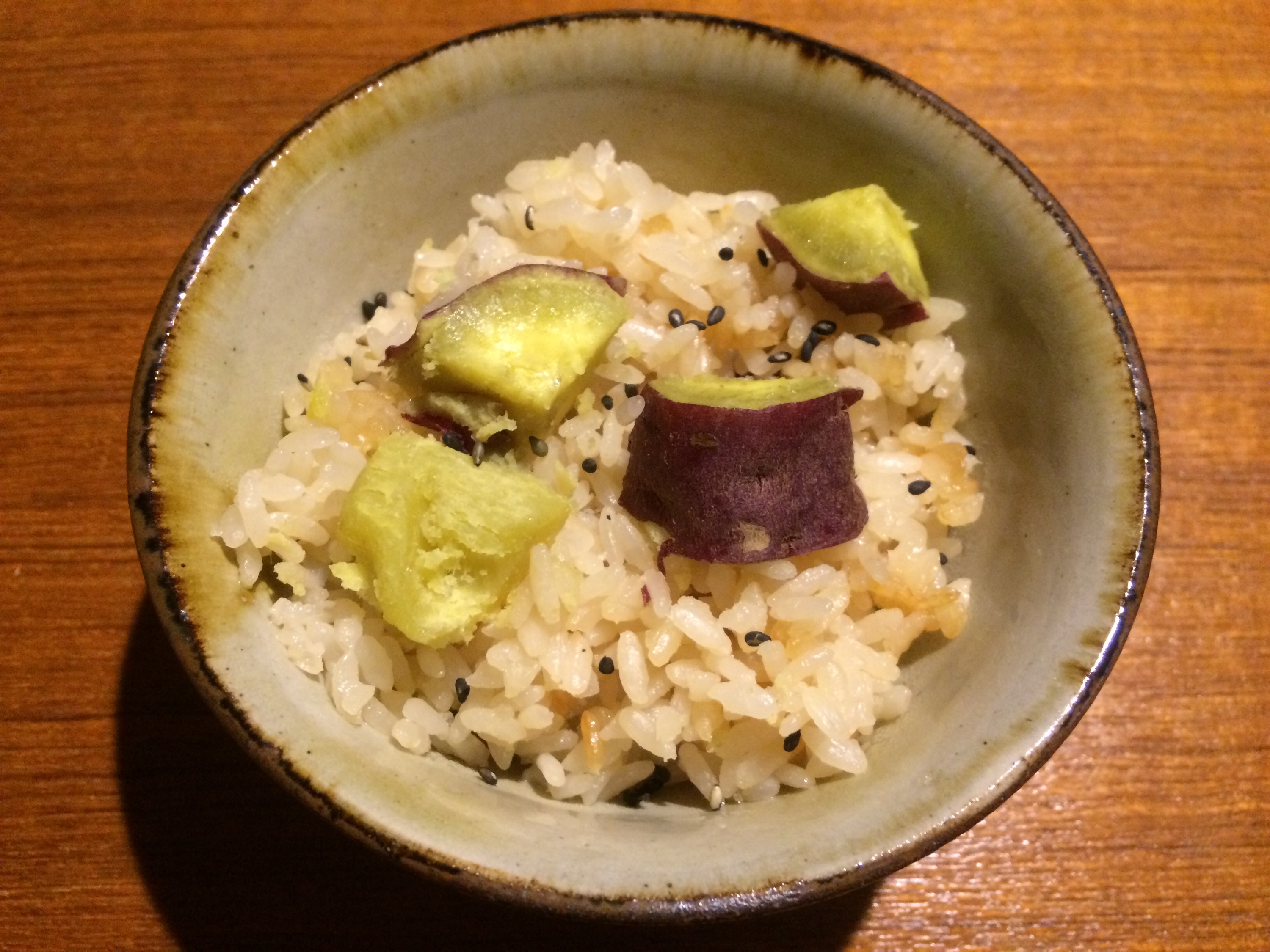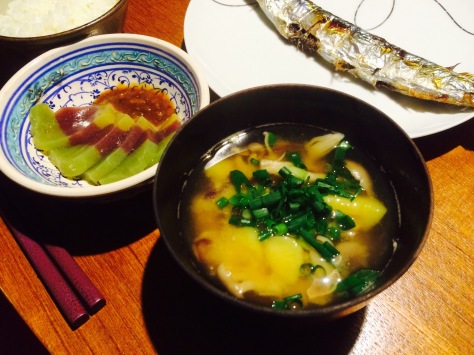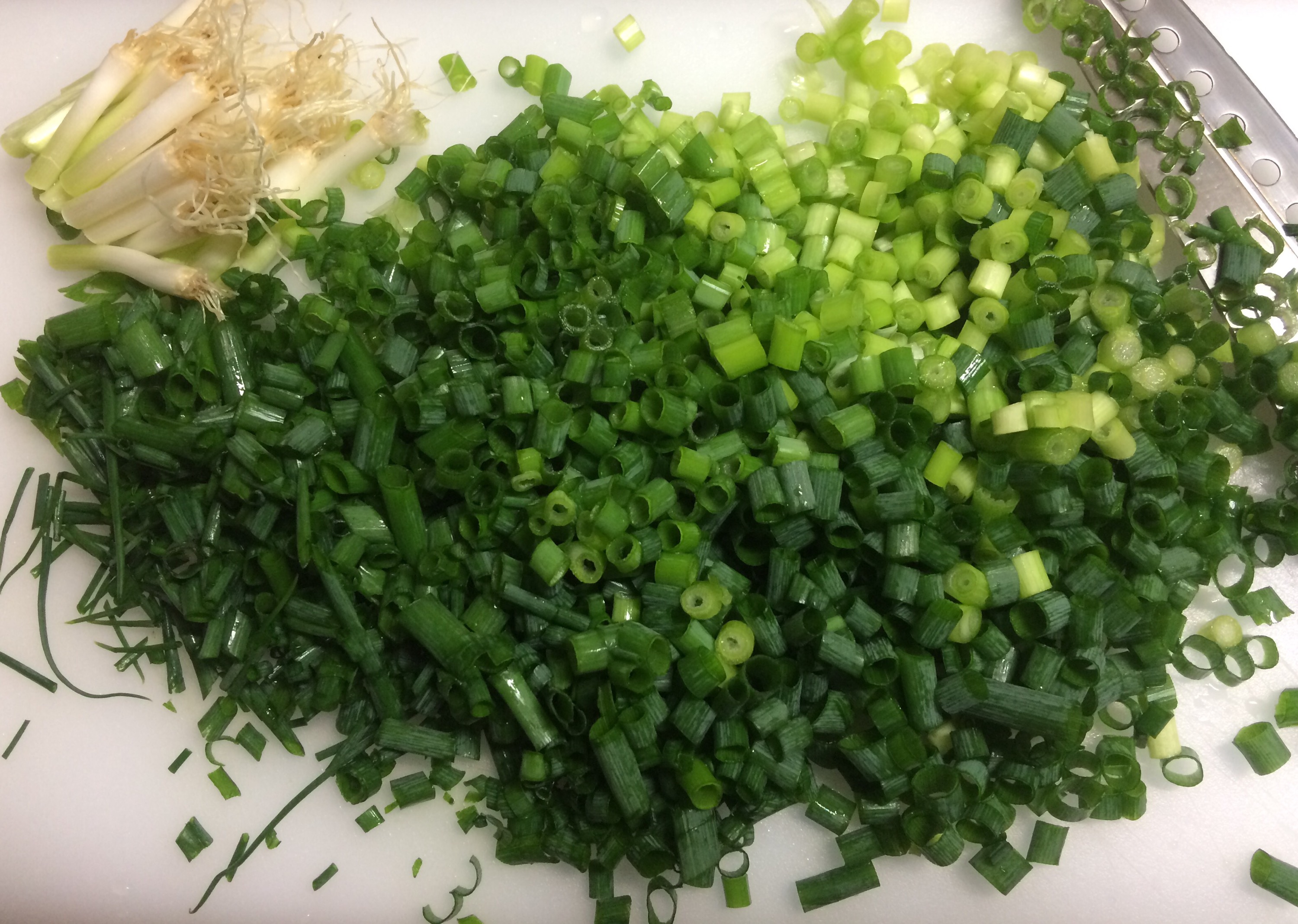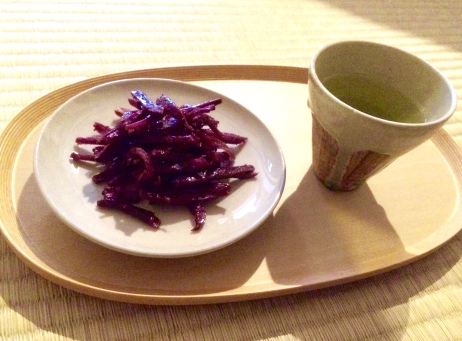“Satsumaimo-no-lemon-ni (Japanese Sweet Potatoes Simmered with Lemon and Sugar)” is extremely easy and quick to make. It can be served hot or cold, as side dish or dessert. It lasts about 4-5 days in a fridge.
Ingredients: 2 small Satsumaimo (Japanese sweet potatoes), 1/2 lemon, sugar and water
Method:
- Slice sweet potatoes in 1cm thick. Peel off the lemon and slice them in 5mm thick. Put them in a pod.
- Pour water over them till they are just barely covered.
- Add 2 tbsp sugar, heat and simmer till soft.
- Leave them in a pot for a while to allow the taste of lemon and sugar go into the sweet potatoes.









